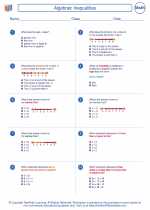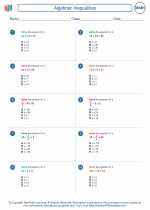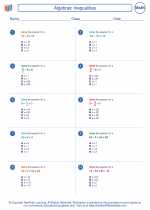Simple Random Sampling
Simple random sampling is a method of selecting a sample from a larger population in such a way that each member of the population has an equal probability of being chosen. This type of sampling is often used in statistical studies and research.
Steps for Simple Random Sampling
- Define the Population: Clearly define the population from which you want to select a sample.
- Assign a Number to Each Individual: Give a unique identifier or number to each member of the population.
- Use a Random Number Generator: Use a random number generator or a randomization technique to select the sample. This ensures that each individual has an equal chance of being chosen.
- Draw the Sample: Based on the random numbers generated, select the corresponding individuals from the population to form the sample.
Advantages of Simple Random Sampling
- Unbiased Results: Simple random sampling helps in obtaining unbiased results as each member of the population has an equal chance of being included in the sample.
- Statistical Inference: It allows researchers to make inferences about the population based on the characteristics of the sample.
- Easy to Implement: The process of simple random sampling is relatively straightforward and easy to implement.
Disadvantages of Simple Random Sampling
- Time-Consuming: For large populations, the process of assigning numbers and selecting a random sample can be time-consuming.
- Not Suitable for Homogeneous Populations: In populations where there is little variation, simple random sampling may not be the most efficient method.
Study Guide for Simple Random Sampling
To understand simple random sampling thoroughly, it is essential to practice problems and understand the concept of equal probability of selection for each member of the population. Here are some study guide questions to help you master the topic:
- What is simple random sampling and why is it important in statistical studies?
- Explain the steps involved in conducting simple random sampling.
- Discuss the advantages and disadvantages of simple random sampling.
- Provide examples of situations where simple random sampling would be the most appropriate sampling method.
- Calculate the sample size needed for a given population using simple random sampling.
By thoroughly understanding the concept and practicing related problems, you can gain a strong grasp of simple random sampling and its applications.
Feel free to reach out if you have any further questions or need additional clarification on simple random sampling!
.◂Math Worksheets and Study Guides Seventh Grade. Algebraic Inequalities

 Worksheet/Answer key
Worksheet/Answer key
 Worksheet/Answer key
Worksheet/Answer key
 Worksheet/Answer key
Worksheet/Answer key
